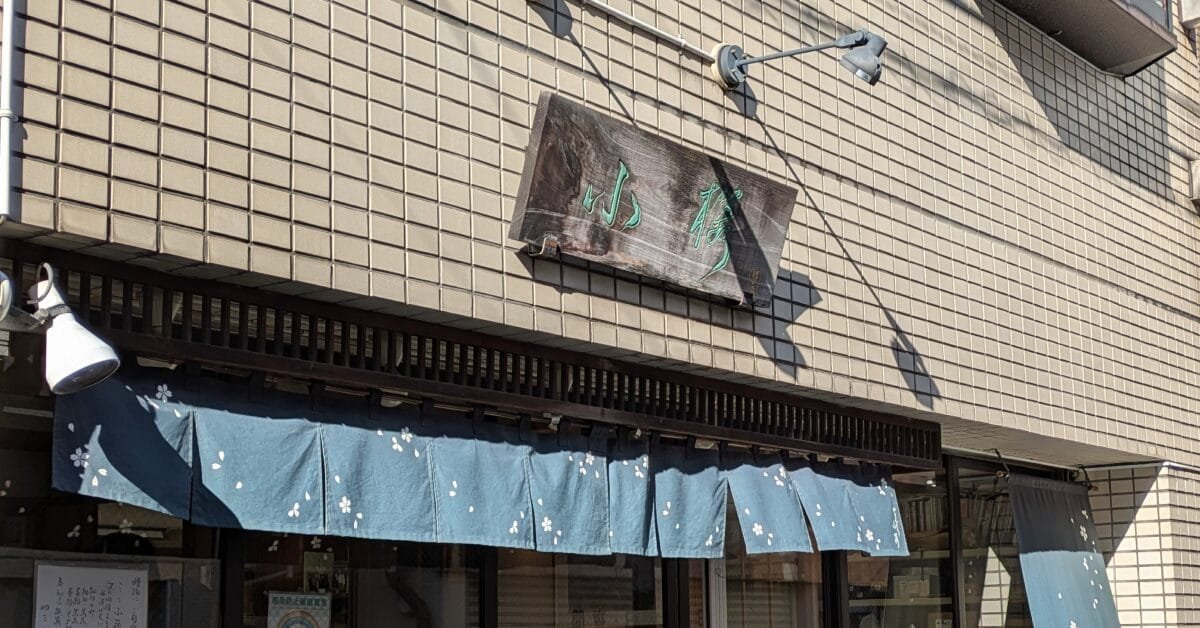A Historic Shop in Tokyo’s Cultural District
Asakusa, with its over 1,400 years of history, stands as one of Tokyo’s most culturally significant districts. The area’s story began in 628 with the discovery of a Buddhist statue, which led to the establishment of Sensoji Temple. During the Edo period, Asakusa flourished as a bustling commercial district, with Nakamise Street lined with shops serving the daily needs of local residents.
Located on the western bank of the Sumida River, Asakusa serves as the heart of Tokyo’s traditional shitamachi (downtown) culture. The district stretches out from the iconic Kaminarimon Gate, with its network of traditional shopping streets and alleyways. Today, it’s easily accessible via multiple train lines including the Tokyo Metro and Tobu Railway, and sits conveniently close to the Tokyo Skytree, bridging both historic and modern attractions.
In this historic setting, Kozakura stands as one of Tokyo’s three most renowned karinto specialists, beloved for preserving traditional Japanese confectionery arts.
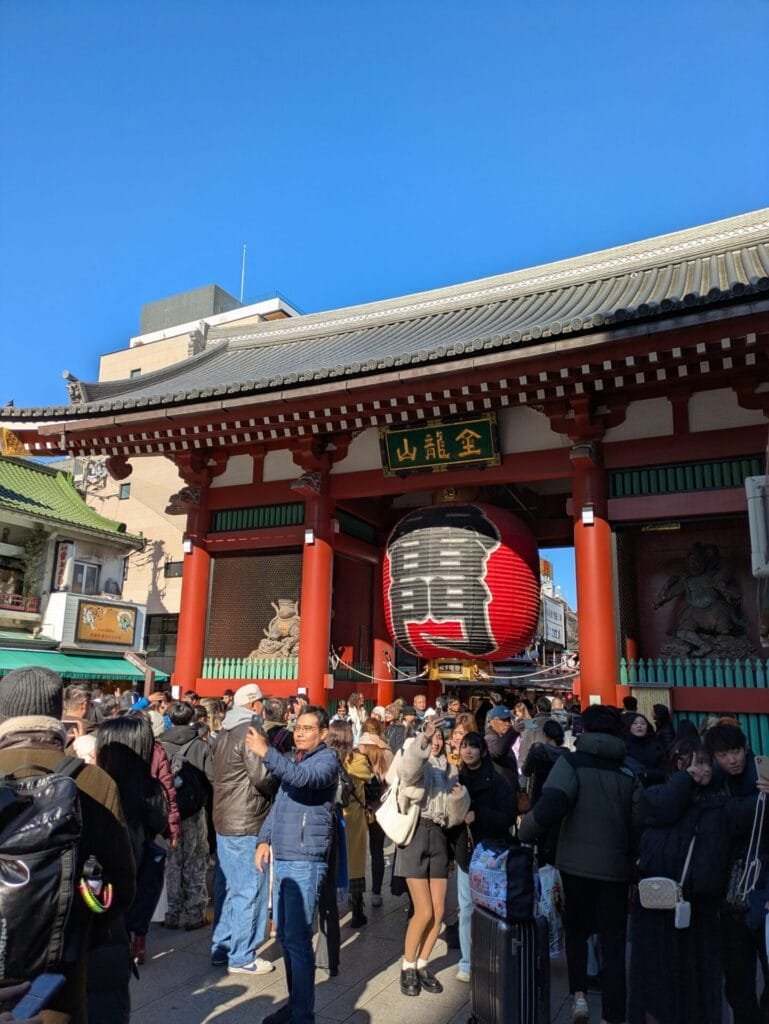
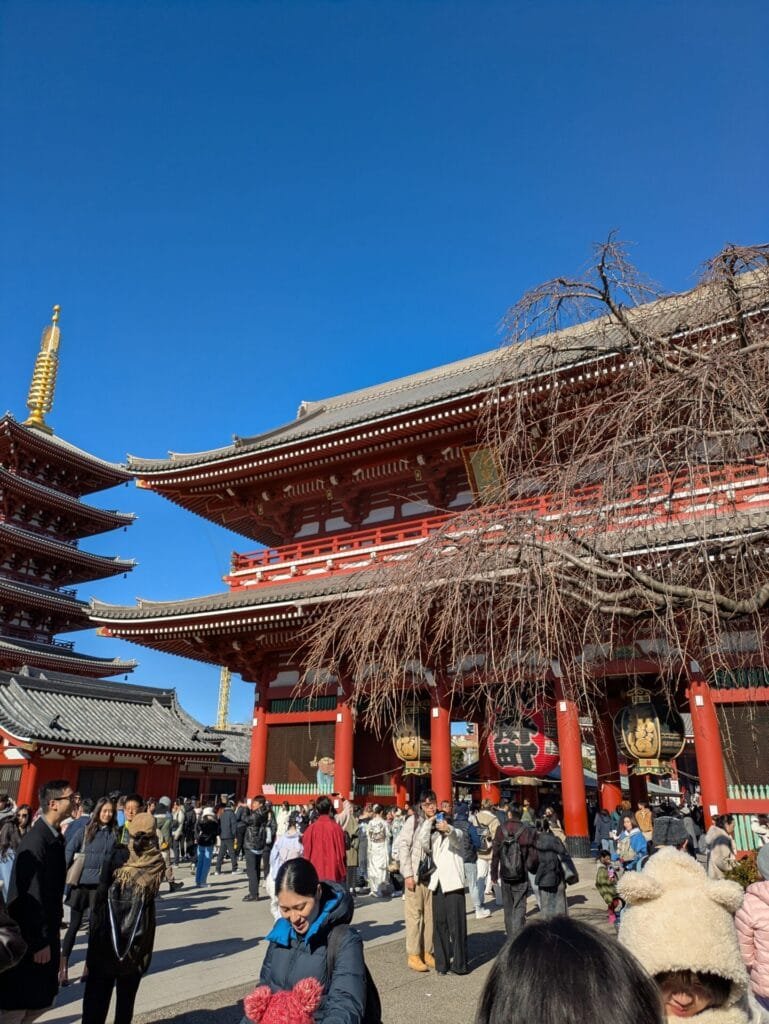
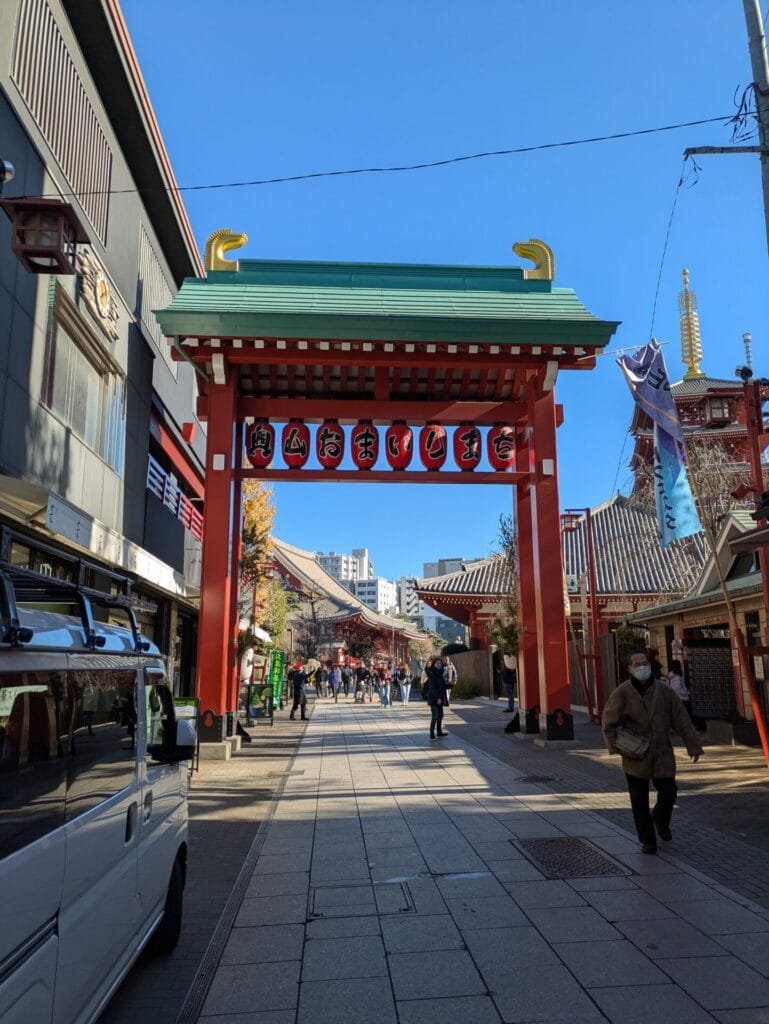
From Ryotei to Karinto Specialist: A Legacy of Excellence
Kozakura’s story dates back to the early Meiji period with the establishment of “Fukushiman,” a prestigious traditional restaurant. In 1961, the sixth-generation proprietress developed karinto as a long-lasting gift option for guests. Created with the refined palate and techniques cultivated in the restaurant, these karinto quickly gained popularity, leading to the opening of the specialized karinto shop “Kozakura” next to the restaurant in 1989.
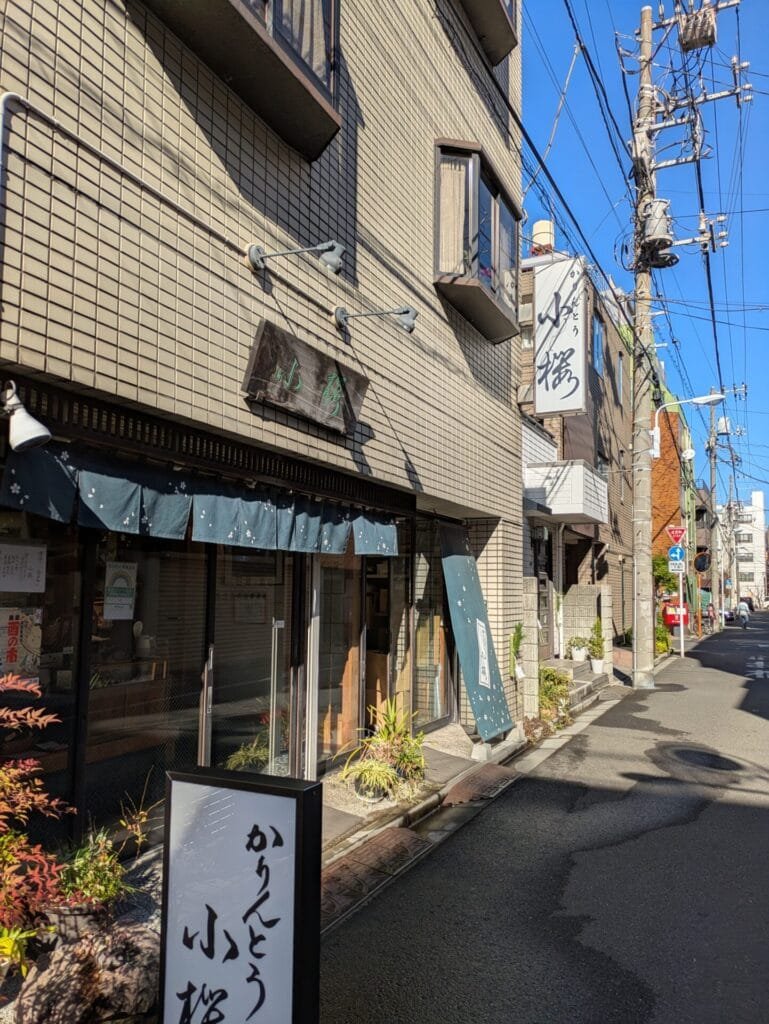
Since then, Kozakura has maintained its commitment to handcrafted production and premium ingredients, with skilled artisans ensuring each piece embodies their traditional quality.
A Rainbow of Traditional Flavors
Kozakura’s signature “Yumeji” (thin karinto) presents a visually striking trio of colors – nori seaweed, paprika, and sesame – offering a delicate sweetness balanced with toasted sesame notes. “Omoide” (thick white karinto) provides a satisfying texture with subtle sweetness, while “Furusato” (thick black karinto) features Okinawan brown sugar for a deep, nostalgic flavor.
The “Kaede” variety incorporates Canadian maple syrup for a natural sweetness, and spring brings the special “Sakura” karinto, incorporating salt-preserved cherry blossoms that evoke the essence of traditional sakura mochi.
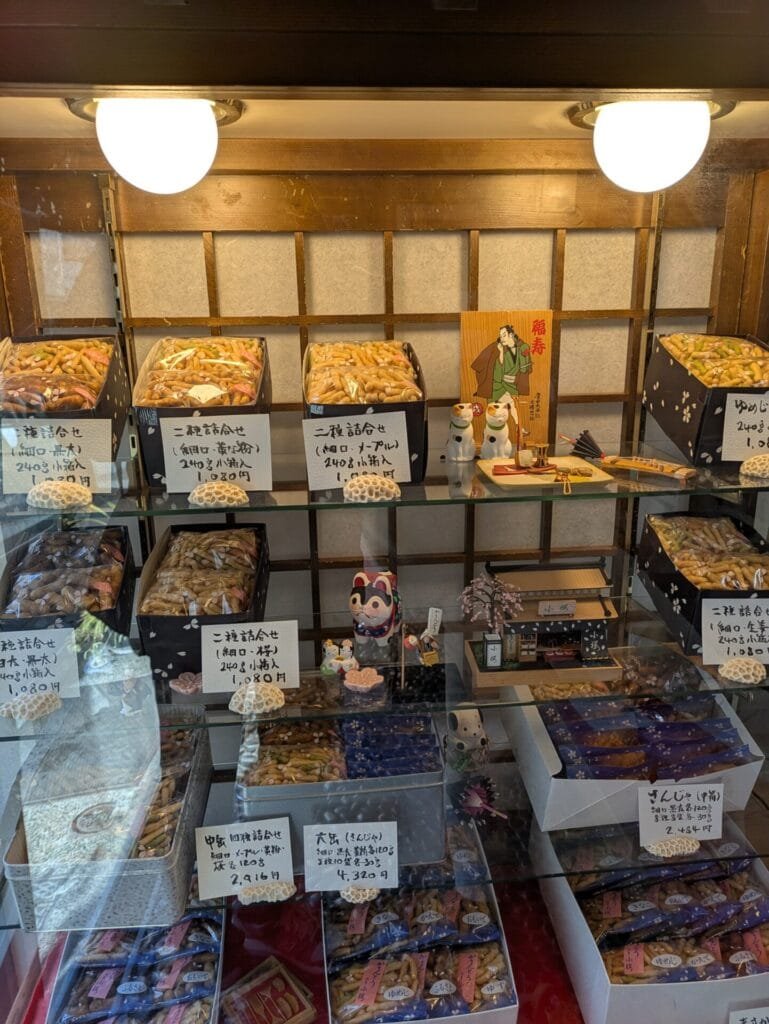
A Taste of Artisanal Excellence
Sampling Yumeji reveals an surprisingly light texture that sets it apart from typical karinto. The refined sweetness and aromatic notes create a sophisticated flavor profile, with each color offering a distinct taste experience. The Furusato variety pairs exceptionally well with green tea, its brown sugar depth complementing the tea’s subtle bitterness.

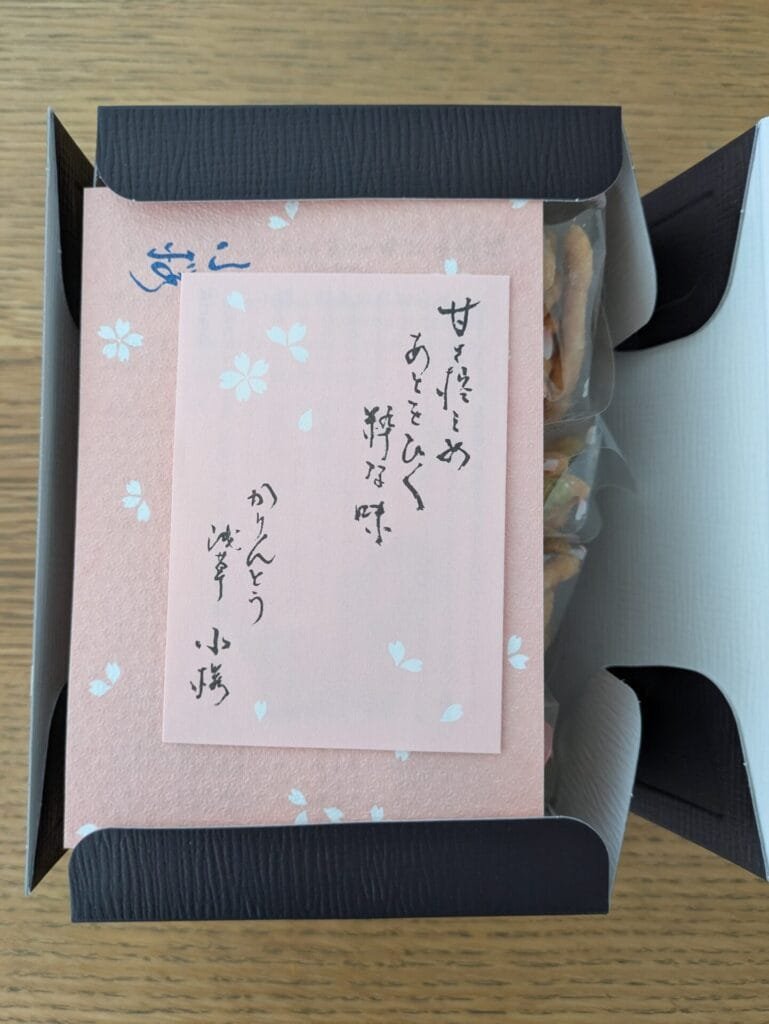
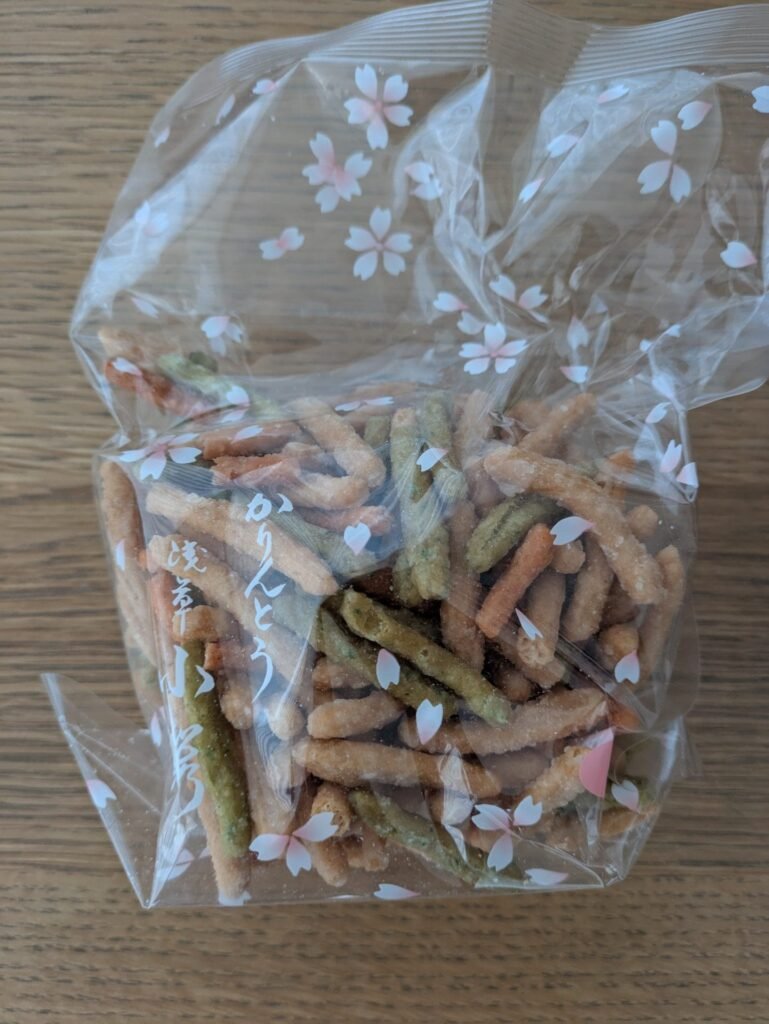
Access Information
Address: 4-14-10 Asakusa, Taito-ku, Tokyo
Hours: 10:00-17:30 (Closed Sundays)
Nearest Stations:
- 10-minute walk from Asakusa Station on the Tobu Skytree Line
- 15-minute walk from Asakusa Station on the Tokyo Metro Ginza Line
Just steps away from the bustling Nakamise Street, Kozakura maintains its quiet dignity while preserving traditional craftsmanship. It’s an essential stop for anyone exploring Asakusa’s rich cultural heritage.
